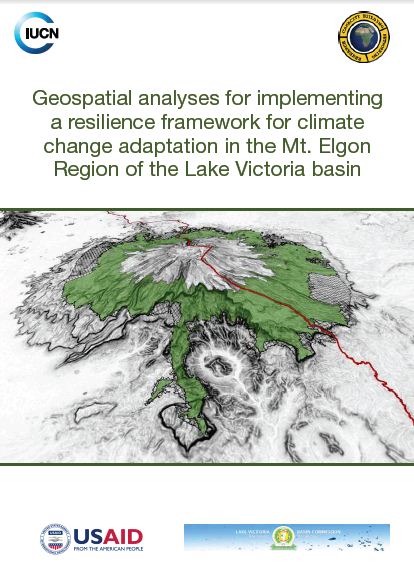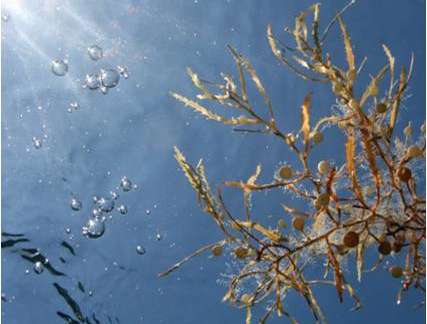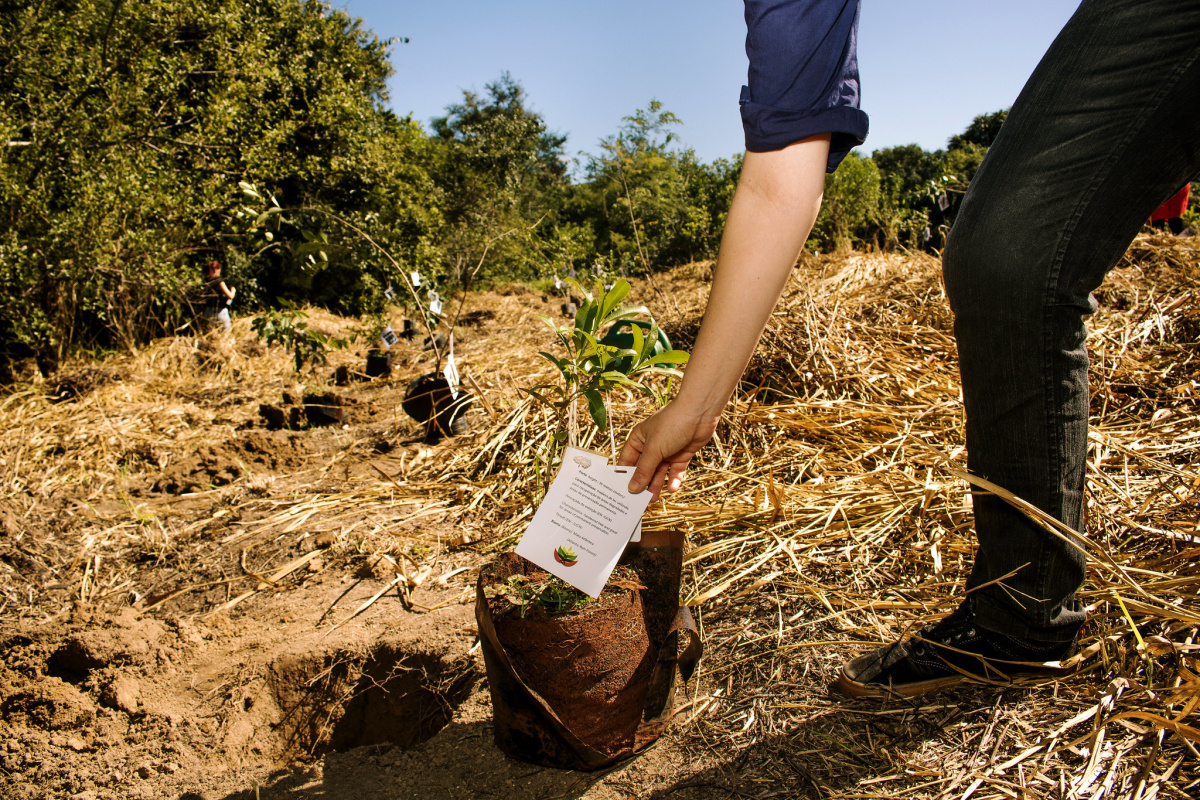Geospatial analyses for implementing a resilience framework for climate change adaptation in the Mt. Elgon Region of the Lake Victoria basin
USAID/IUCN Implementing a resilience framework to support climate change adaptation in the Mt Elgon region of the Lake Victoria Basin project is implemented by IUCN’s Eastern and Southern Africa Regional Office (ESARO) and Uganda Country Office (UCO) through their Water and Wetlands programme.

Photo: IUCN ESARO
The project is implemented in collaboration with the African Collaborative Centre for Earth System Science (ACCESS) based at the University of Nairobi and the Lake Victoria Basin Commission (LVBC) and Global Water Partnership Eastern Africa, with financial support from the United States Agency for International Development (USAID). The project’s goal is to enhance coordination and adaptation action between stakeholders using informed, timely, accurate and comprehensive information to promote societal andecological resilience to adverse climate impacts within the Mt. Elgon Region, Lake Victoria Basin. The project aims to achieve this goal through the following four main objectives:
- Improving scientific knowledge and demonstrating preparedness for a changing climate future in the Mt. Elgon region of the Lake Victoria Basin;
- Demonstrating increased social and ecological resilience in hotspots of climate vulnerability using adaptation strategies which mainstream ecosystem services, economic diversification, adaptive management and learning in water and land management;
- Influencing regional policy frameworks to better utilise systems approaches for building climate resilience and integrating these approaches across sectors and into poverty reduction strategies and national development plans; and
- Enhancing learning at local to regional levels, through better access to information, networking, capacity
- building and leadership development Under objective 1, ACCESS undertook various pieces of work or studies for and on behalf of IUCN and this report is a compilation of some of this work.



